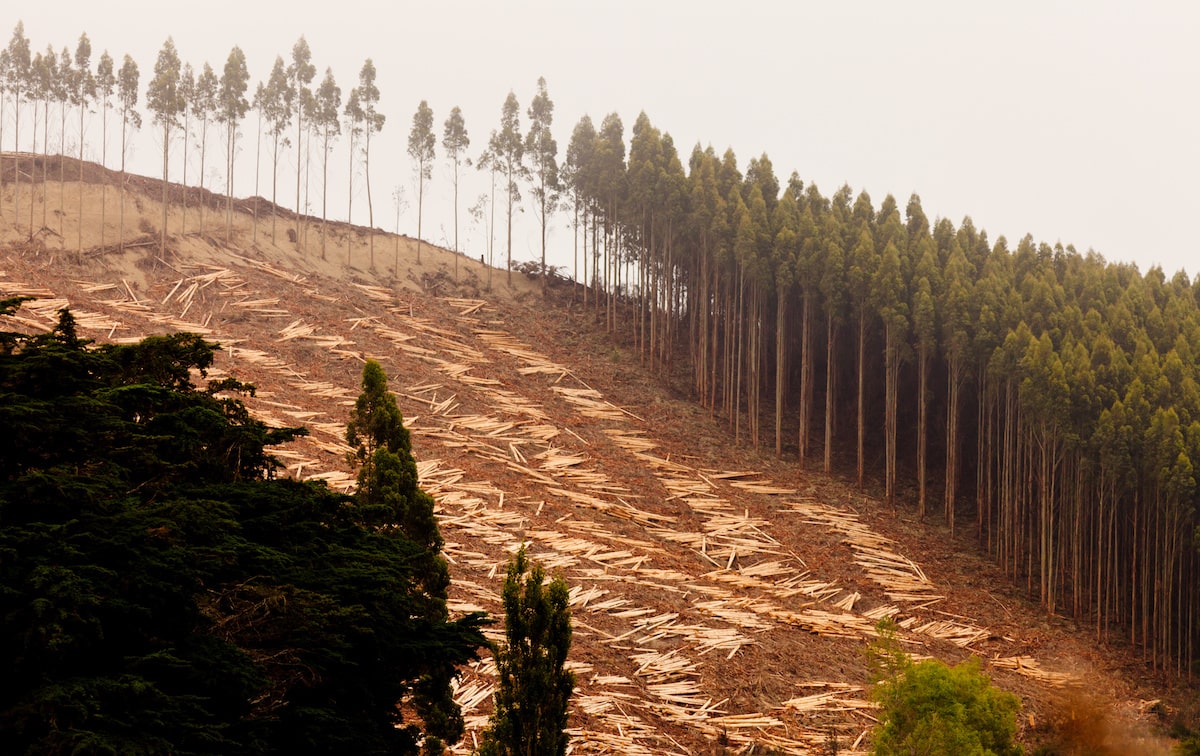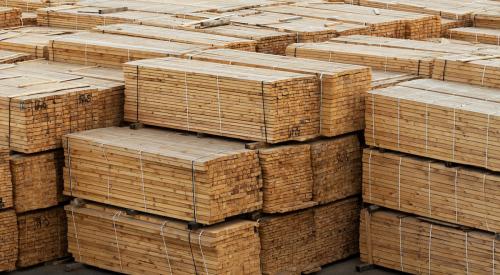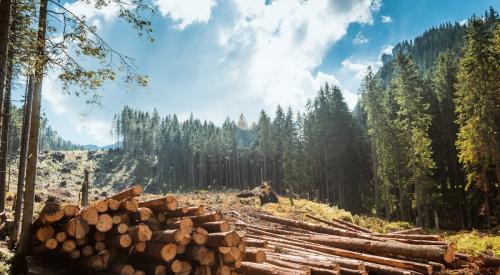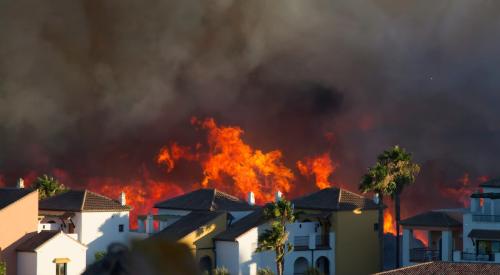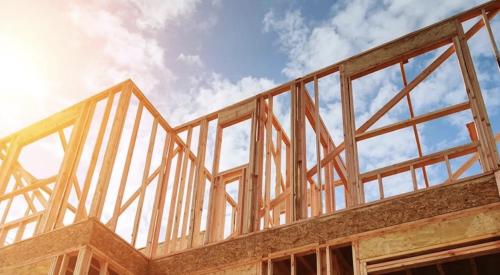Since the start of the COVID-19 pandemic, lumber prices have followed a rollercoaster trajectory of unprecedented highs and just a few brief plateaus, but perhaps the novel coronavirus and its economic consequences aren’t entirely to blame. Instead, some lumber traders are attributing price volatility to climate change, particularly in regions like British Columbia, Canada, home to some of the top lumber producers in the world.
For over a decade, Canadian forests have suffered a torrent of climate emergencies beginning with the beetle-kill infestation in 2009. The mountain pine beetle ravaged native trees, leaving behind rotten landscapes of dry snags. As a result, the two wildfire seasons of 2017 and 2018 burned through more land in British Columbia than in the previous 20 years combined, according to The Atlantic. Finally, during the week of Thanksgiving 2021, British Columbia suffered a counter-seasonal, torrential rain which further depleted the region’s lumber supply as devastating mudslides and floods threatened production, and, in turn, lumber prices.
Yesterday, the market closed at more than $1,200 per thousand board feet, a surge in price with only one precedent in the decades-long history of lumber trading. Last year, I wrote about the role that climate change was playing in the lumber volatility. Its effects now seem even more pronounced. “The lumber price story is really a climate-change story,” Stinson Dean, a lumber trader in Colorado, recently tweeted. He has argued that climate change has all but dictated the ongoing price rally, going so far as to call the lumber price a “climate price.”
